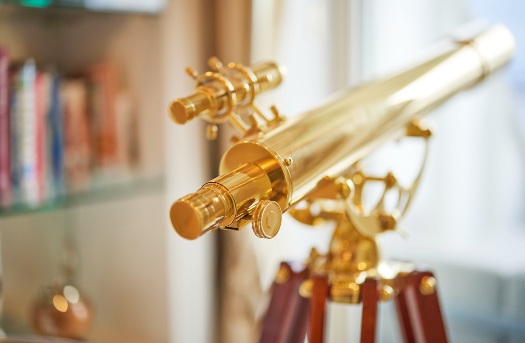Madagascar & Aldabra Expedition: Our First Day In Toliara, Madagascar
This morning we arrived at Toliara located on the Southwest portion of Madagascar. It is the capital of the Atsimo-Andrefana region founded in 1895. They have a reef barrier offshore, which provides one of the few natural bays in the southern part of Madagascar. The city has a population of 150,000 with about 600,000 in the local area.
Today we visited an Arboretum, a Mangrove Reserve and Reniala Forest (which is a Spiny Forest).
We were grateful for the cloud cover today as the temperatures were in the high 80s with overwhelming humidity. We learned the Malagasy word for moving slowly (mora mora) or what we might call Island time. Everything slows down in this humidity.
The drive through town was quite fascinating. There were people everywhere selling products in their little shops along the road and people walking, talking, and biking. Our guide told us there are over 10,000 pedicabs in the city.
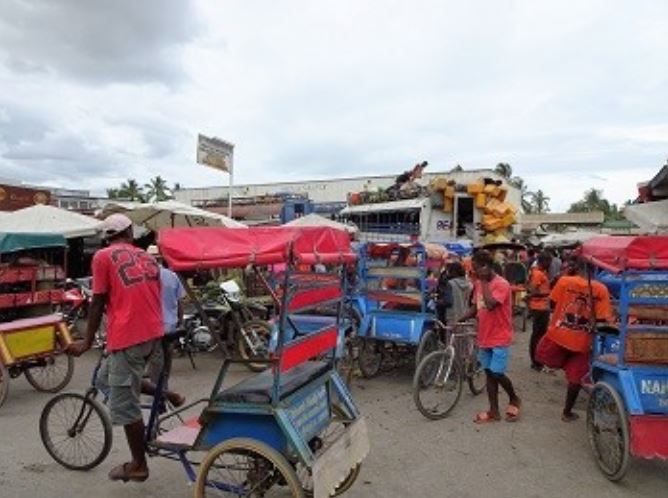 They were everywhere! With very few cars, this seemed to be the preferred method of transportation other than walking or biking.
They were everywhere! With very few cars, this seemed to be the preferred method of transportation other than walking or biking.
First, we went to the Antsokay Arboretum where Swiss botanist Hermann Petignat founded the arboretum and collected over 900 plant species.
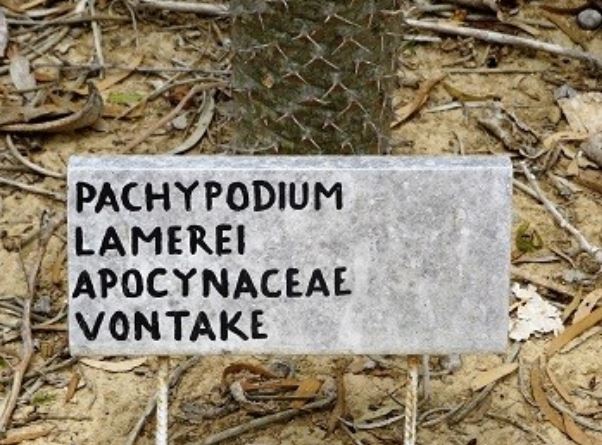 Pachyderm because the large trunks look like an elephant leg. Who knew!
Pachyderm because the large trunks look like an elephant leg. Who knew!
 We also saw snakes…
We also saw snakes…
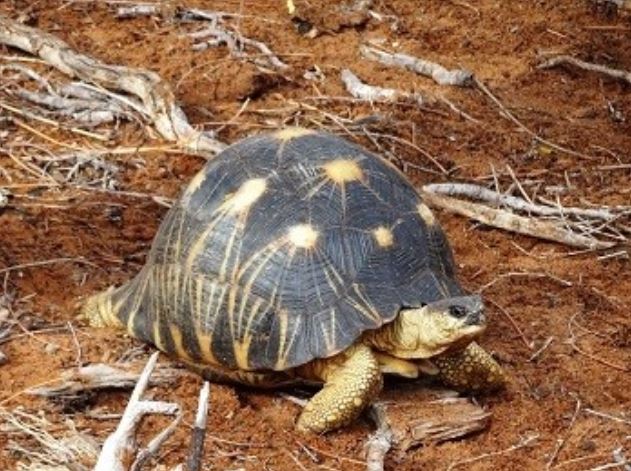 and lizards, tortoises…
and lizards, tortoises…
 Birds…
Birds…
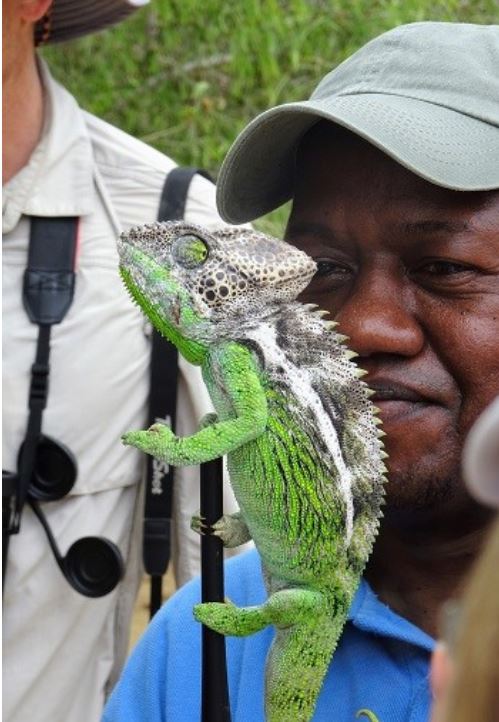 and one very amazing chameleon.
and one very amazing chameleon.
Next, we made our way in vans to the Honko Mangrove Reserve, which is a community effort to protect and rejuvenate the mangrove plant and animal wildlife. Mangroves are various plants, trees, and shrubs that grow in the brackish water along the coastline. They are able to tolerate the salt water and have adapted to the daily flow of the tides.

In the past, mangrove forests were clear-cut by the locals in order to make charcoal. Since the inception of this Reserve, nearly 50% of the forest has been replanted. Our guide was the manager of the project and was quite knowledgeable of the different species of mangrove. We also observed red and blue crabs in the swampland within which the mangroves grow.
This is also a lemur preserve and rehabilitation center. Lemurs are endemic to Madagascar. They are small, have long snouts, big eyes, and very long tails. The Reserve accepts lemurs that have been domesticated where they are rehabilitated and eventually returned to the wild.
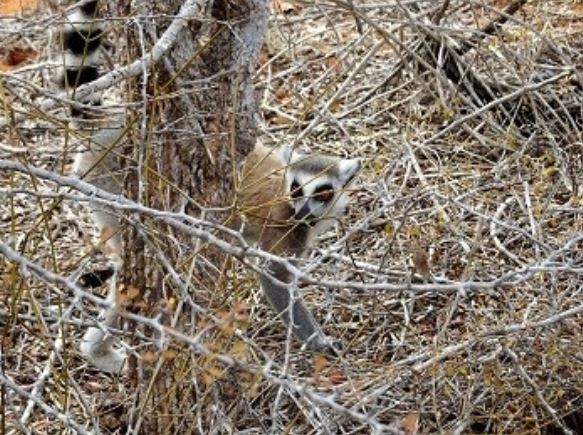
A great first day in Madagascar.
Ready to learn more?
Determine whether life aboard The World is the right fit for you. Talk to one of our Residential Advisors today to learn more about this unique lifestyle, details of upcoming Journeys and Expeditions, and ownership opportunities.
